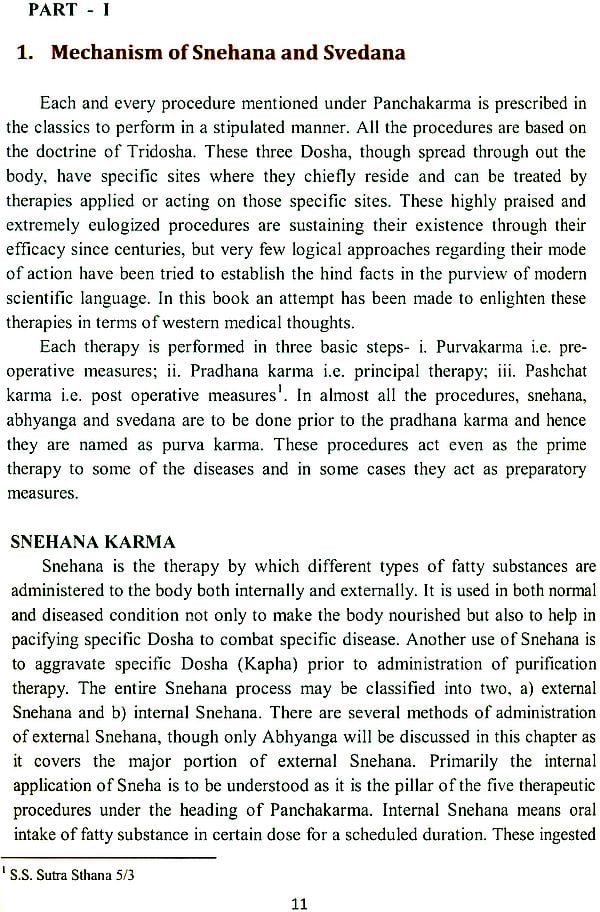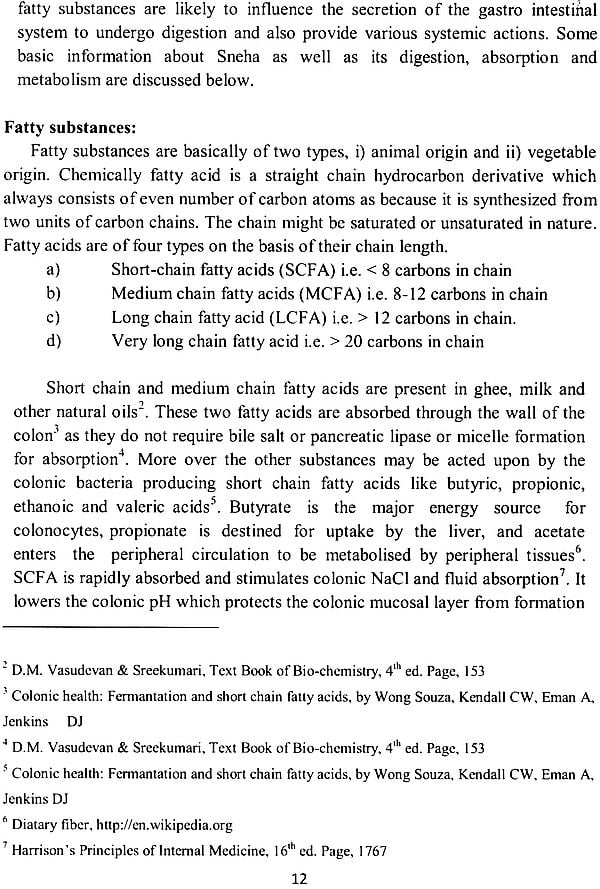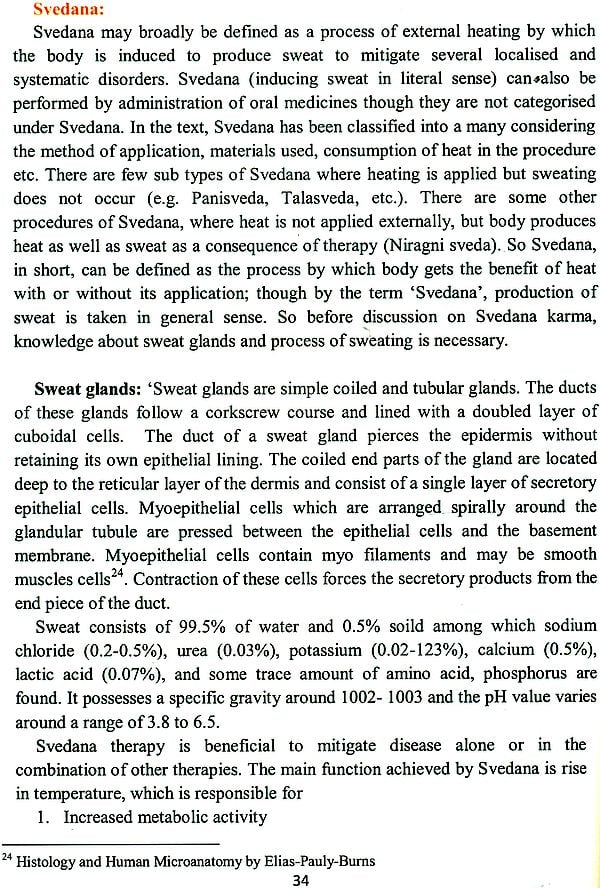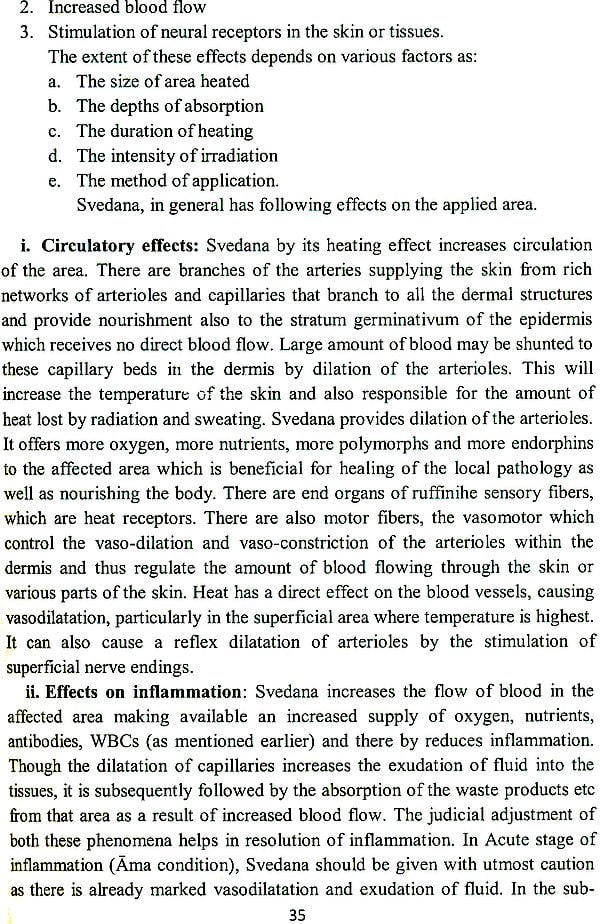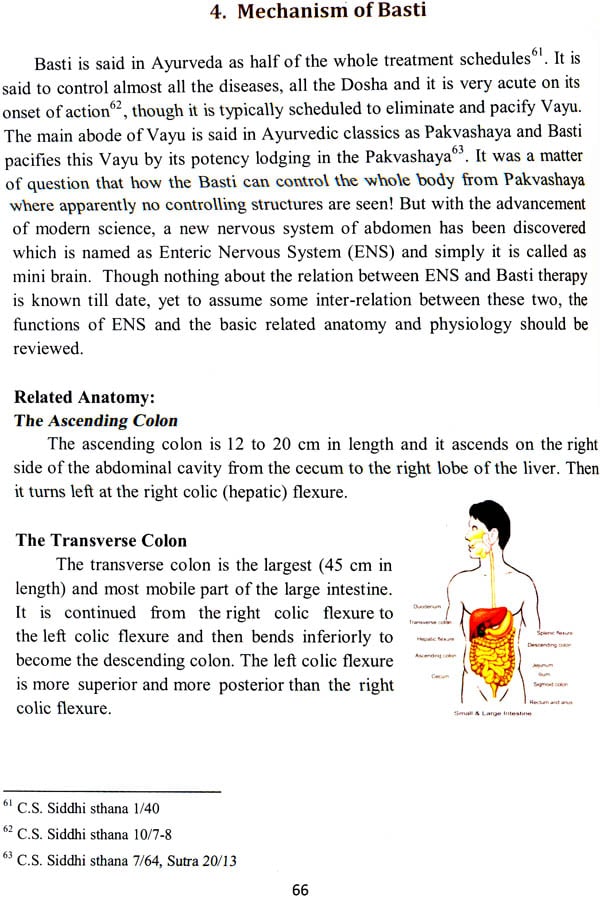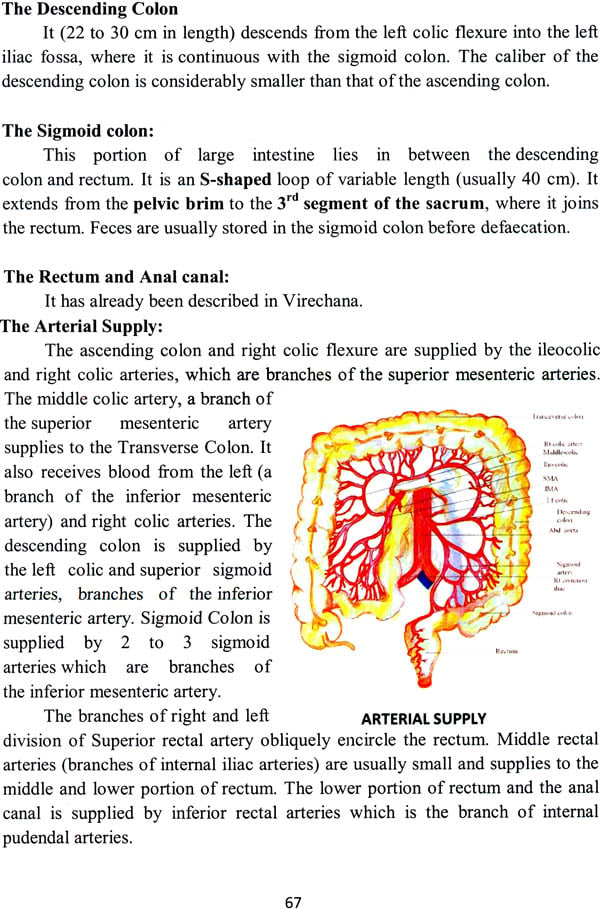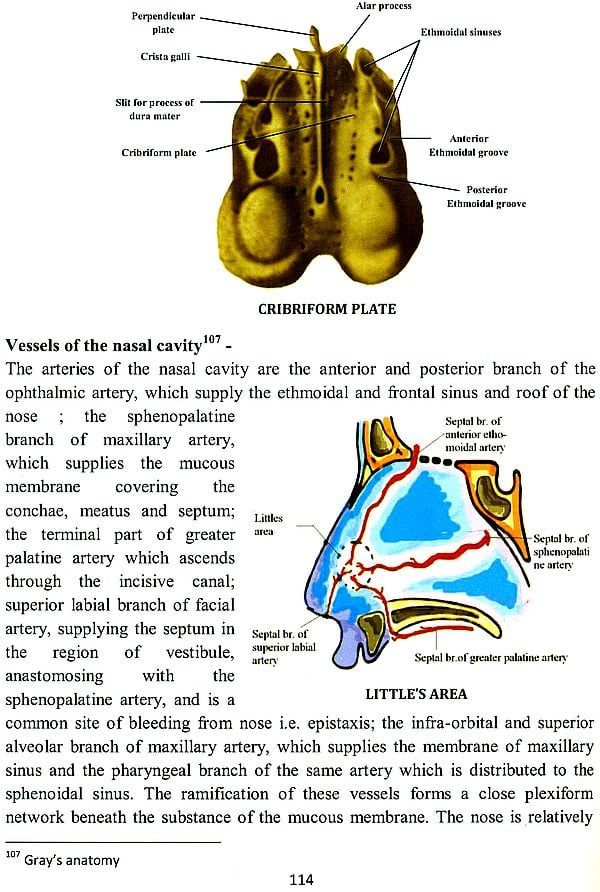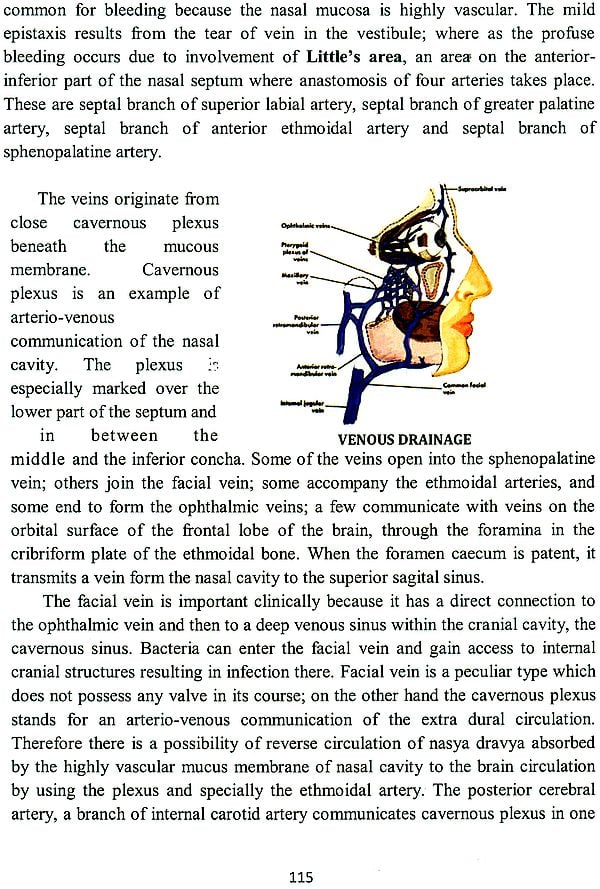
Mechanism of Panchakarma and Its Module of Investigation
Book Specification
| Item Code: | NAF295 |
| Author: | Dr. Pulak Kanti Kar |
| Publisher: | Chaukhamba Sanskrit Pratishthan |
| Language: | English |
| Edition: | 2013 |
| ISBN: | 9788170845169 |
| Pages: | 143 (Throughout Color Illustrations) |
| Cover: | Hardcover |
| Other Details | 10.0 inch x 7.5 inch |
| Weight | 600 gm |
Book Description
Same drug act in different ways based on the route of administration. Different routes as nasal roeute, oral route, vaginal route, urethral route and rectal route are used for the administration of the drugs in Panchakarma. Action of drug is well described in the different compendium and the clinical efficacy of Panchakarma is well explained and practiced thoroughly, but the mechanism of the action of Ayurvedic drug is till unexplored in modern perspective. The mechanism of action of therapy as mentioned in Samhita is scientific if analysed in modern purview considering the Physiology, Anatomy, bio-chemistry etc. An attempt has been made in this book to establish the hypothetical mode of action of the therapy in Panchakarma for better understanding with scientific entity keeping the principle intact. This book will be beneficial for the students, teachers and professional who are always keen to know the hidden truth of Panchakarma.
Dr. Pulak Kanti Kar did his graduation from University of Calcutta, Post graduation in Panchakarma from Gujarat Ayureved University and Ph. D from Rahasthan Ayureved University. He has successfully performed thousands of Panchakarma in different critical diseases. He has written six valuable books on different aspects of Panchakarma. His approach & motivation to propagate Panchakarma has inclined several students & practitioners of Ayurveda to perform this therapy in clinical practice.
Panchakarma is an effective measure to encounter the disease as well as to eliminate the morbid materials from the body to maintain an healthy state. The therapeutic approach is always scheduled on the basis of pharmacodynamics and pharmacokinetics and the absolute procedures of the administration of the respective therapy lead to achieve the ultimate goal. The primary action of the drug is supported by the action of the cellular activity. Different routes are used for the administration of the drugs and the same drug acts in different ways based on the route of administration. The drugs are generally administered through oral, parenteral, nasal or rectal routes, etc. In the ancient time, nasal route oral route and rectal route were the prime routes for the administration of drugs.
The cumulative cultivation of the knowledge of Panchakarama is though rationally accepted in respect to its therapeutic effect in empirical thoughts, but the modulation of the therapy has not yet been established in the purview of western science. The mechanism of action of therapy as mentioned in Samhita is scientific if analyzed in modern purview considering the physiology of vomiting reflex, defaecation reflex, ets. The hypothetical mode of action of the drug for Panchakarma is explained in this book for the better understanding with scientific entity keeping the principle intact.
| Part- I | 10 | |
| 1 | Mechanism of Snehgana and Svedana | 11 |
| 2 | Mechanism of Vamana | 42 |
| 3 | Mechanism of Virechana | 53 |
| 4 | Mechanism of Basti | 66 |
| 5 | Mechanism of Uttarabasti | 90 |
| 6 | Mechanism of Nasya | 111 |
| 7 | Mechanism of Raktamokshana | 124 |
| Part - II | 130 | |
| Standard Investigation Modules for Diseases indicated n Panchakarma | 130 |
